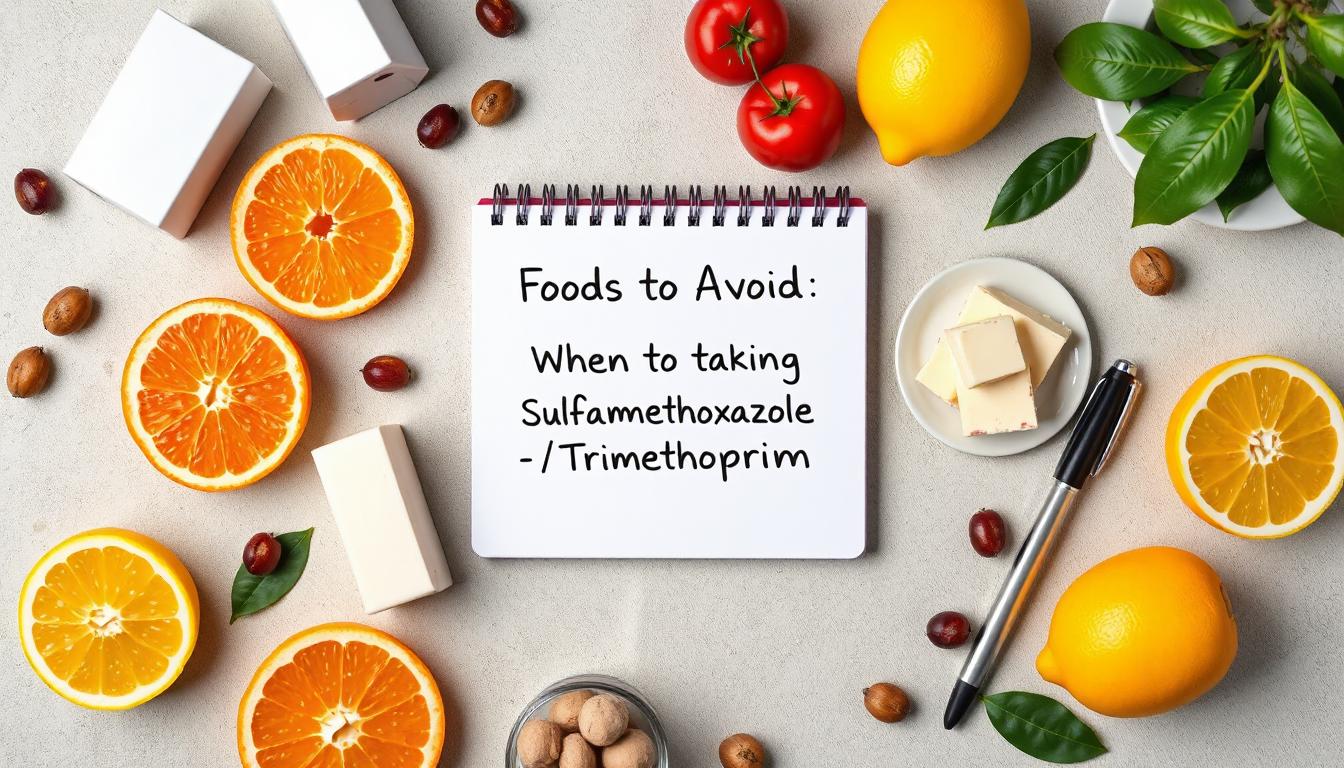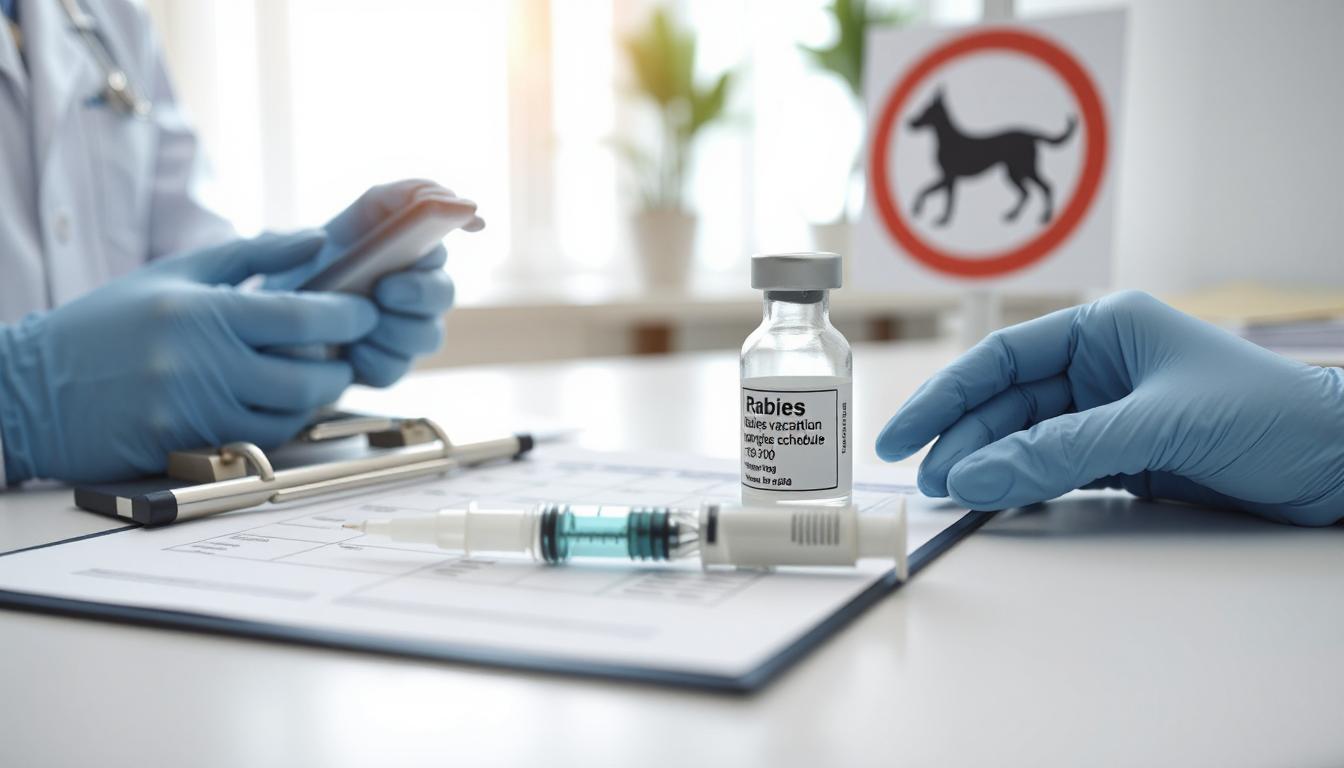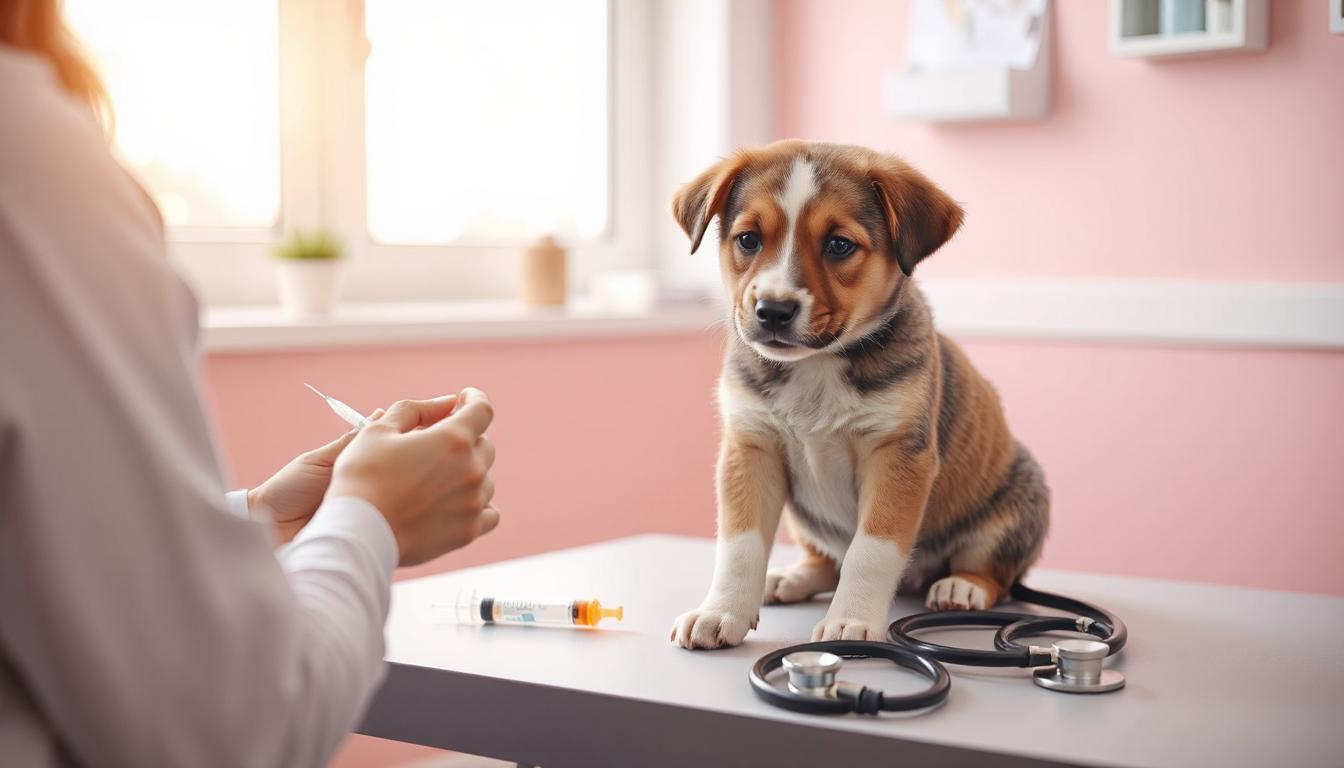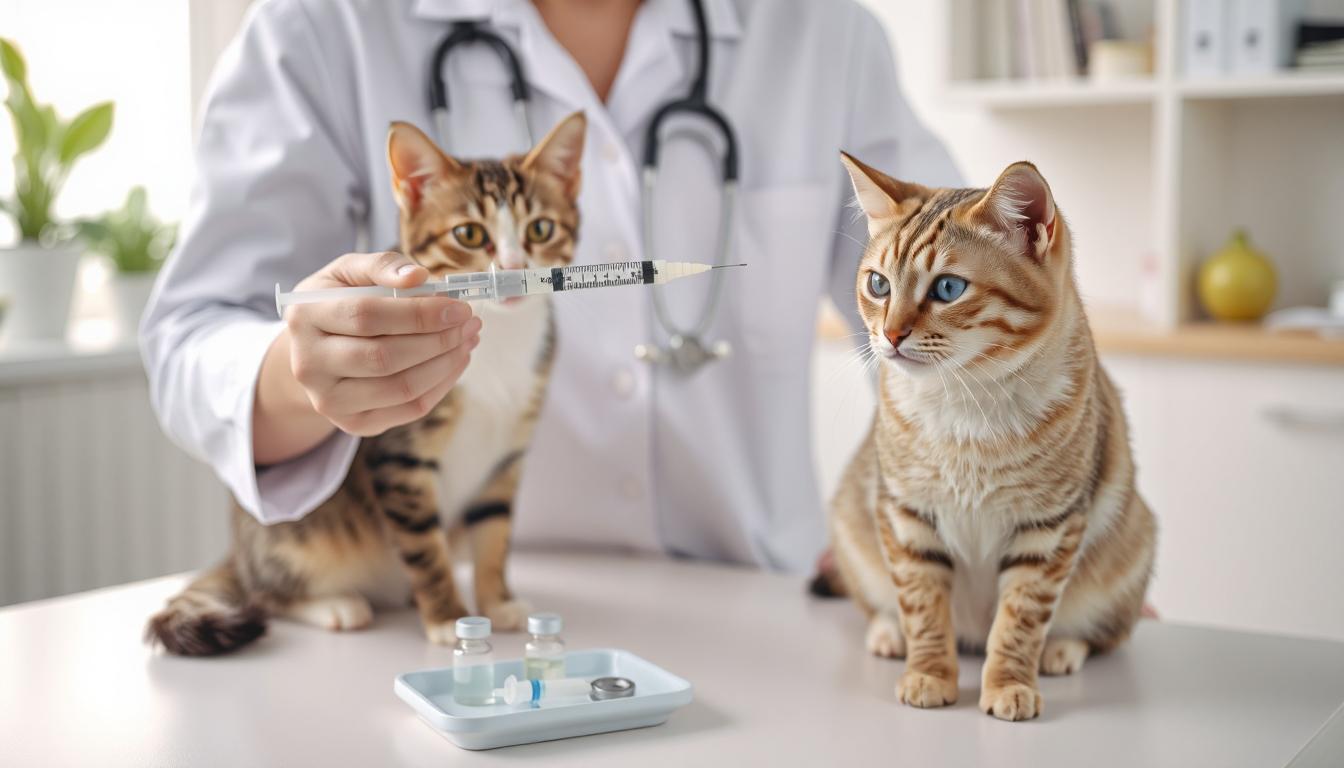Rabies: Symptoms, Prevention & Treatment
 Deonte
|
Deonte
|
 14 Aug 2025
14 Aug 2025
What Is Rabies and How It Spreads
Rabies is one of the most dangerous viral diseases known. Once symptoms show, it’s almost always fatal. The virus spreads through the saliva of infected animals, mainly through bites, though scratches and contact with open wounds or eyes can also carry the risk.
When an infected animal bites, the virus enters the body and starts traveling through the nerves. It doesn't hit the bloodstream like other viruses—it hides, moves slowly, and heads straight for the brain. That’s what makes it so deadly. Most people don’t know they’re in danger until symptoms begin—and by then, it’s usually too late.
Early Symptoms of Rabies in Humans
In the beginning, rabies doesn’t look that scary. People often confuse it with a cold or a bug. You might get fever, a bit of headache, maybe feel a little off or nervous. One very specific sign is tingling or burning near the bite site, even if the wound has already healed.
Other early signs include:
– fatigue that doesn’t feel normal
– mild anxiety, not connected to anything
– general discomfort or pain
– loss of appetite
If you’ve been bitten or scratched and these symptoms show up, it’s urgent you get checked. Because once rabies starts moving to the brain, there’s no going back.
How Rabies Affects the Body and Brain
After the virus reaches the central nervous system, everything changes fast. It attacks the brain, triggering massive inflammation. You start seeing serious symptoms—confusion, aggression, muscle spasms, and fear of swallowing liquids. That’s where the famous hydrophobia comes from—not a fear in the mind, but because your throat literally can’t handle water.
In late stages, people experience:
– full-body paralysis
– coma
– failure of basic body functions
Very few people in the world are known as a rabies survivor. Almost all of them were treated before symptoms showed. That’s why the early window is everything.
Animals That Commonly Carry Rabies
There’s a long list of animals that can spread rabies. Some are more common in cities, others in forests or rural areas.
– Do raccoons have rabies? Yes. They’re one of the most frequent wild carriers in North America. A rabies raccoon may act oddly friendly or wander during the day.
– Do possums have rabies? Rarely. Possum rabies is uncommon, partly because their body temperature is lower than other mammals, which makes it hard for the virus to survive. Still, it's not impossible.
– Signs of rabies in cats include foaming, aggression, staggering, or sudden behavioral shifts. Cat rabies often comes from exposure to infected wildlife.
– And yes, even a squirrel with rabies is possible, though squirrels aren’t typical carriers. But if one bites or acts unusually aggressive, don’t assume it’s safe.
Bats, skunks, and foxes are other common rabies carriers. That cute stray animal acting weird? It might not be safe to pet.
What to Do Immediately After an Animal Bite
If an animal bites or scratches you—even a pet—you need to act fast.
-
Wash the wound immediately with soap and water for at least 10–15 minutes.
-
Rinse with antiseptic like iodine or alcohol if you have it.
-
Get to a doctor or ER as soon as you can.
-
Try to identify the animal. If it’s domestic and vaccinated, it may be monitored. Wild or stray animals need to be reported.
Don't wait to see if symptoms show. Rabies doesn’t give you time.
Rabies Prevention: The Importance of Vaccination
The only real way to beat rabies is to prevent it. That means vaccines—for people, for pets, for anyone at risk.
If you’re in a high-risk profession (vets, animal shelter workers, wildlife handlers), you should get a pre-exposure rabies vaccine. Same goes for travelers heading to rural areas in places like India or Southeast Asia.
If someone’s already been exposed, doctors give a series of shots called PEP (post-exposure prophylaxis). If given on time, it prevents the virus from reaching the brain.
For animals, the rules are clear:
– A puppy rabies shot should be given early—around 12–16 weeks old.
– Every outdoor cat needs a cat rabies vaccine. Even if it’s indoors, one open window or one bat in the house is enough to spread it.
– A rabies vaccine for cats is not just important—it’s required in most places.
Some pet owners ask about rabies vaccine cost, and honestly? It’s cheap compared to risking a pet’s life—or yours.
Sanford Pharmacy supports affordable access to human and pet rabies vaccination services and travel prep.
Why Rabies Is Almost Always Fatal Without Treatment
This is one of the scariest truths about rabies—it doesn’t give you second chances.
Once the virus reaches the brain and symptoms begin, rabies is almost always fatal. The immune system can’t fight it on its own. By the time someone becomes hydrophobic, confused, or paralyzed, it’s too late for treatment.
This is not the kind of illness where you wait to see if it gets worse. You treat it before you feel sick—or not at all.
How Rabies Is Diagnosed and Confirmed
In humans, diagnosing rabies early is tough. There’s no quick test before symptoms. Doctors go by:
– The bite history (what animal, how long ago)
– Symptoms that appear
– Travel or wildlife exposure
Once symptoms show, they might test saliva, skin, or spinal fluid—but at that point, it’s mostly to confirm what’s already happening.
In animals, testing is more direct. Sadly, they must be euthanized and their brain tested to confirm rabies. That’s why observation is only done if the pet is healthy and vaccinated.
Rabies in Pets and the Need for Regular Shots
Your dog or cat is part of your family—but if they aren’t vaccinated, they can be a link in the rabies chain. That’s a risk to them, to you, and to others.
– Every puppy rabies shot should be done by the first year, and followed by boosters.
– Cat rabies is just as deadly and just as preventable. Even if your cat doesn’t go outside, get the cat rabies vaccine.
– A single bite from a rabid bat or rabid raccoon can change everything.
Sanford Pharmacy works with pet parents to stay ahead of schedule, reduce rabies vaccine cost, and protect the entire household.
Rabies Around the World: Risk Zones and Travel Advice
Rabies is almost gone in some countries—but in others, it’s still very active.
High-risk countries include:
– India
– Bangladesh
– Philippines
– Vietnam
– Most of sub-Saharan Africa
– Some parts of Latin America
In many of these places, dogs roam free and aren’t vaccinated. If you’re traveling to remote areas, especially where medical help isn’t nearby, talk to a healthcare provider before your trip.
Sanford Pharmacy offers travel vaccines, rabies advice, and supplies if you're heading into one of these zones. Don’t leave without checking.
Rabies is preventable. It doesn’t have to end in tragedy. With vaccines, awareness, and quick action, you can protect yourself, your pets, and others around you. Once symptoms show, it's too late. But with the right steps taken early—you never have to find out what that feels like.
Sanford Pharmacy is here to help make sure you're ready. For travel, for your pets, for your peace of mind.
Disclaimer:
Content on Sanford Pharmacy is meant for general information and should not be seen as medical advice. Please consult a licensed healthcare provider before using any medicine. Self-treatment without guidance is not recommended.
Categories

What Is Sucralfate Used For?
 Abdullah
Abdullah

Foods to Avoid When Taking Sulfamethoxazole / Trimethoprim
 Ibrahim
Ibrahim

What Is Rifaximin Used For?
 Aden
Aden

What is Minocycline?
 Tina
Tina

How Long Does Levofloxacin Stay in Your System
 Annette
Annette












.webp)
.webp)
-(2).webp)

.webp)